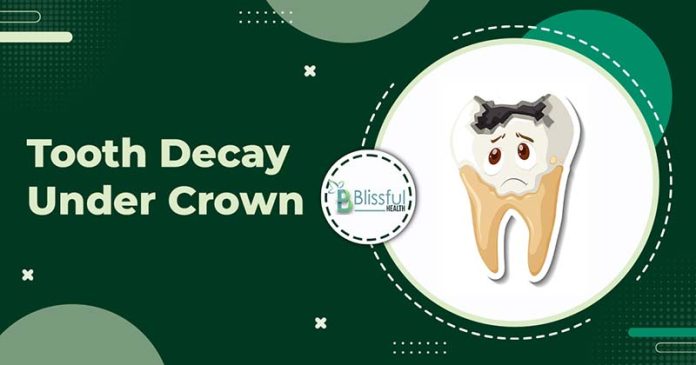Many people don’t recognize that tooth decay under a crown can occur, even when dental crowns are used to repair damaged teeth and enhance their functionality. However, even with a crown, decay can sneak in, causing discomfort and potential oral health issues.
Knowing how to spot the signs of tooth decay under a crown is crucial for maintaining oral health and avoiding future complications. In this guide from Blissfulhealth, we’ll explore the signs of tooth decay under crown, discuss methods for addressing this issue, and provide recommendations for maintaining robust dental health.
Notes:
Don’t skip your regular dental check-ups—they can catch problems early, even under crowns.
Brushing your teeth twice a day and flossing regularly are simple habits that can help prevent decay.
What is Tooth Decay Under a Dental Crown?
Tooth decay under a dental crown can occur if the crown is not fitted properly, allowing plaque to accumulate underneath or within any cracks. This can lead to decay that undermines the health of the tooth below the crown.
It’s important to recognize the signs of this issue early, which can include bleeding during brushing and gum inflammation around the tooth.
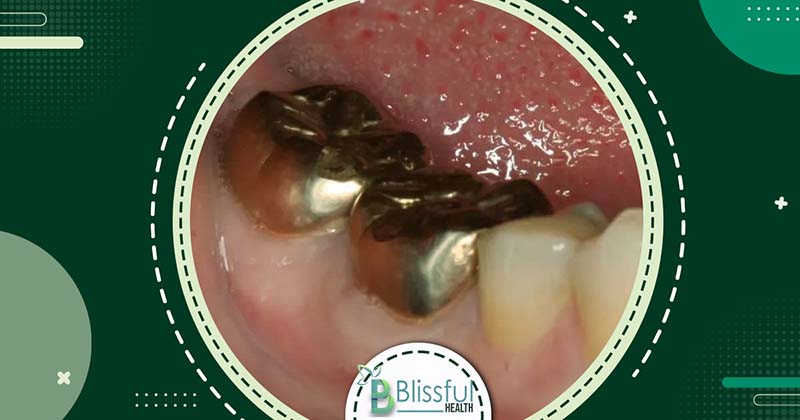
Causes of Tooth Decay Under Crown
Experiencing pain from tooth decay under crown can result from various factors, including:
Infection
Signs of infection under a crown may include the following signs:
Pain when biting
Swelling of the gums
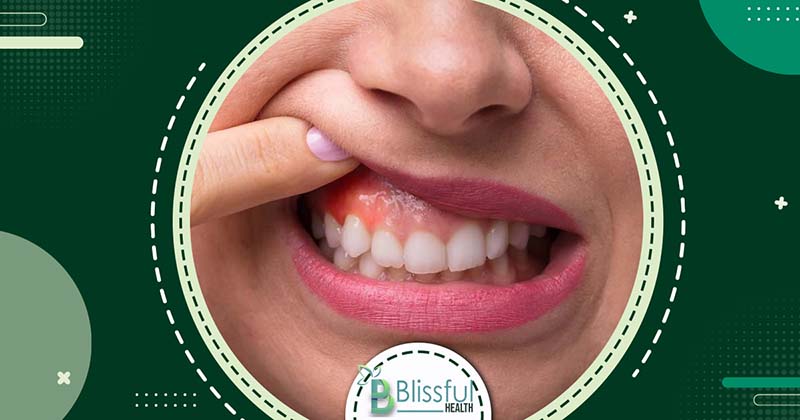
Tooth sensitivity
Infections can be uncomfortable, and it’s crucial to address them promptly at the first signs of development.
Post-Crown Procedure
Following a crown placement procedure, you may still feel some discomfort or tenderness. However, if the pain persists beyond your dentist’s recommended recovery period, it’s advisable to seek professional assessment.
Tooth Decay
The development of a cavity beneath your crown can cause tooth pain. If left untreated, decay can spread throughout the remaining tooth structure.
Tooth decay originates from food residue left in the mouth after eating, which provides nourishment for bacteria. These bacteria produce acids that can erode enamel, leading to the formation of cavities within the teeth.
It’s important to note that maintaining good oral hygiene and attending regular dental check-ups can help prevent tooth decay and associated complications.
Treatment Options for Tooth Decay Under Crown
When decay is detected under a crown, treatment options vary based on the individual case and the extent of the decay:
Dental Filling
If the decay is caught early, a simple dental filling can be placed at the margin of the dental crown. However, close monitoring is necessary as the seal of a filling may not be as strong and could potentially leak over time.
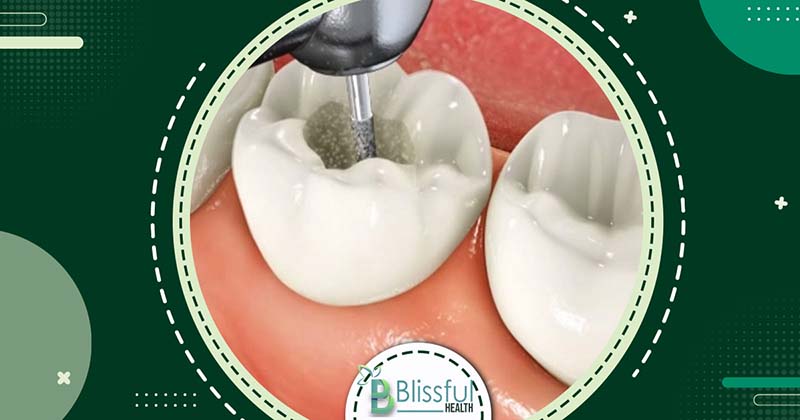
Root Canal Therapy
When decay reaches the nerve center of the tooth, a root canal procedure may be necessary to save the tooth. After a root canal treatment, the tooth will need to be restored and a new crown placed.
Crown Lengthening
This surgical procedure involves removing bone to allow access to decay along the side of the tooth. Following proper restoration, a new crown will be required.
New Custom Dental Crown
In many cases, a new crown will be fabricated to effectively seal and cover the tooth after decay has been addressed.
It’s important to note that while dental crowns are durable, they are not immune to decay and require proper care. Regular dental check-ups enable your dentist to assess the health of your crown, detect decay, and address any potential issues, such as leaking edges.
Remember, the lifespan of a dental crown typically ranges from 5 to 15 years, but proactive maintenance and care can extend its longevity.
Signs of Tooth Decay Under Crown
Recognizing the signs and symptoms of tooth decay beneath a crown is crucial for preventing severe damage:
Tooth Sensitivity
If brushing a sensitive tooth causes discomfort, decay may be the underlying issue.
Tooth Pain
Persistent tooth pain can be a warning sign of decay underneath a crown.
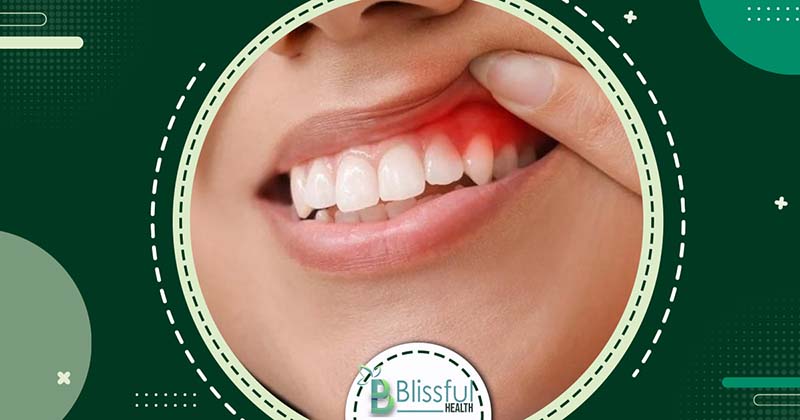
Crown Pulling Away from Tooth
When the tooth deteriorates beneath the crown, it can create a gap, causing the crown to pull away. This indicates that there’s nothing securely holding the crown in place, and dental work may break off, signaling decay beneath the crown.
Preventing Tooth Decay Under a Crown
Preventing tooth decay under a crown requires a combination of good oral hygiene practices and regular dental care. Here are some tips to help maintain the health of your crown:
Brush and Floss Daily
Maintain proper oral hygiene by brushing your teeth twice daily and flossing to remove food debris and plaque, especially around the crown where bacteria can accumulate.

Regular Dental Checkups
Schedule regular checkups with your dentist for professional cleanings and examinations to detect any early signs of decay or issues with your crown. It is recommended that people visit the dentist every 6 months to ensure that their teeth and crowns are in good condition.

Use Fluoride Products
Use fluoride toothpaste and mouthwash to strengthen tooth enamel and help prevent decay. If you are susceptible to dental decay, your dentist might recommend a high-fluoride toothpaste.
Avoid Gum Disease
Prevent gum disease by practicing good oral hygiene and avoiding habits like smoking. Gum disease can lead to receding gums, which may expose the roots of your teeth and increase the risk of decay under the crown.
By following these preventive measures and maintaining regular dental visits, you can help ensure the longevity and health of your dental crown.
Frequently Asked Questions
Duration of Tooth Pain Following the Placement of Porcelain Crowns
Typically, any discomfort should diminish within a few days after the placement of porcelain crowns. Your dentist may provide medication to alleviate symptoms, and cold therapy can also help manage pain. However, if the pain is severe, worsens, or persists beyond two weeks, it’s essential to contact your dentist promptly for further evaluation and treatment.
How Is Tooth Decay Under Crown Diagnosed?
Detecting decay under a crown can be challenging, especially if the affected area is small. Dentists often use X-rays to identify cavities or decay beneath the crown. Additionally, a thorough oral examination may be necessary to assess the extent of damage or infection. In some cases, the dentist may detect the infection immediately, while in others, a more in-depth examination may be required.
Can Tooth Decay Under Crown Lead to Tooth Loss?
Although crowns provide significant protection, decay can still develop beneath them, leading to various oral health issues. These may include sore gums, bad breath, infection, and even tooth loss or eventual extraction. It’s crucial to address any signs of decay promptly to prevent further complications and preserve the health of the affected tooth.
Conclusion
Tooth decay beneath a crown is a significant concern that requires prompt attention. Ignoring it can lead to damage not only to the crowned tooth but also to neighboring teeth if left untreated. Early detection and timely removal of decayed tooth structure are crucial for preserving dental health.
Following removal, a new crown may be necessary to effectively seal the tooth and prevent further decay. Your dental well-being is important, stay alert and proactive in preventing tooth decay under crown to protect your oral health.


